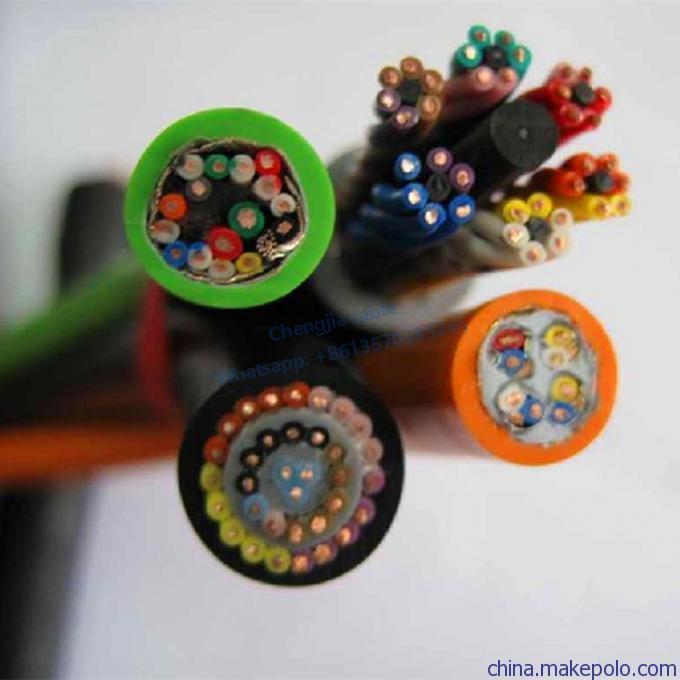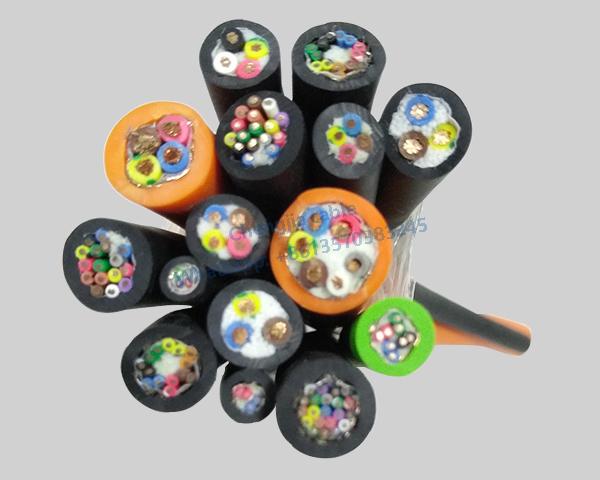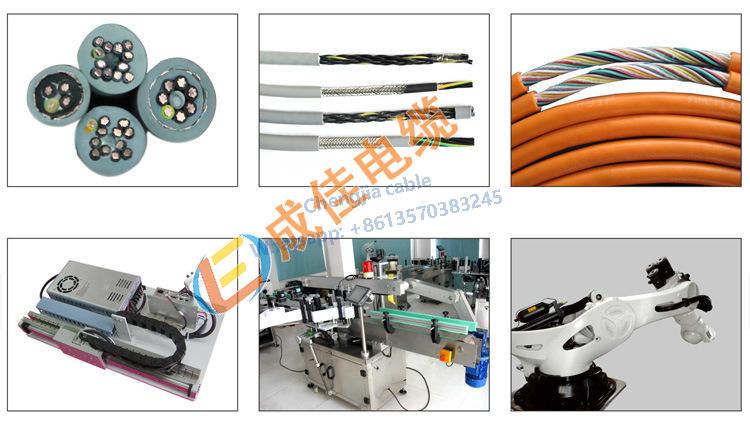Differences Between PVC, NBR/PVC, and PUR Jacketed Cables
PVC stands for polyvinyl chloride. PVC cable materials are inexpensive and offer excellent performance, holding an important position in cable insulation for a long time. However, this material contains harmful substances to the environment and human health, and it faces various issues when used in special environments.
NBR/PVC is a blended foamed material of rubber and plastic. NBR stands for nitrile rubber. The NBR/PVC blend is currently the main type of rubber-plastic blend. The main advantages of NBR/PVC blend include ozone resistance from PVC and oil resistance and cross-linking from NBR, along with certain flame retardant properties and good physical-mechanical performance. Its main raw material, PVC, is abundant and cost-effective, leading to wide application.
Polyurethane (PUR) is a polymer made from the reaction of isocyanates with polyols, characterized by repeated urethane chain segments. PUR products are categorized into foamed and non-foamed products, with foamed products including soft, hard, and semi-rigid PUR foams; non-foamed products include coatings, adhesives, synthetic leather, elastomers, and elastic fibers. PUR materials exhibit excellent properties, are widely used, and various products made from PUR materials are referred to as PUR cables.

The main differences between PVC, NBR/PVC, and PUR jacketed cables lie in their physical properties, weather resistance, cost, and applicable environments.
Physical Properties and Weather Resistance:
PVC is a commonly used plastic material with good mechanical and dielectric properties, but it has poor stability against light and heat, degrading easily under prolonged exposure to sunlight or high temperatures, affecting cable lifespan.
NBR/PVC is typically used in environments requiring certain abrasion and oil resistance, with specific performance depending on the ratio and quality of NBR.
PUR offers excellent oil, abrasion, cold, water, aging, acid-alkali, and weather resistance, along with a long lifespan and UV resistance, suitable for extremely harsh environmental conditions.
Cost:
PVC cables are relatively low-cost, suitable for most conditions, especially where specific weather or oil resistance is not required. NBR/PVC cables are priced between PVC and PUR, suitable for environments needing some abrasion and oil resistance. PUR cables have a higher cost but provide better performance, especially in conditions requiring long-term durability and resistance to harsh environments.

Applicable Environments:
PVC cables are suitable for general indoor environments without special weather resistance needs. NBR/PVC cables are appropriate for environments requiring some abrasion and oil resistance, such as specific industrial applications. PUR cables are particularly suited for extremely harsh conditions like oil pollution and low temperatures, making them ideal for outdoor use or applications requiring long-term durability.
In summary, the choice of jacket material depends on the specific usage environment and requirements. For general indoor environments, PVC may be a more economical choice; for certain abrasion and oil resistance, NBR/PVC may be more suitable; while for extremely harsh conditions, PUR offers the best protection and durability.

Contact: Mandy Dai
Phone: +86-13570383245
E-mail: sales@flex-cables.com
Whatsapp:0086-13570383245
Add: No. 12 building, No.46,Shilou Section,Shilian Road, Panyu District,Guangzhou, Guangdong,China
We chat